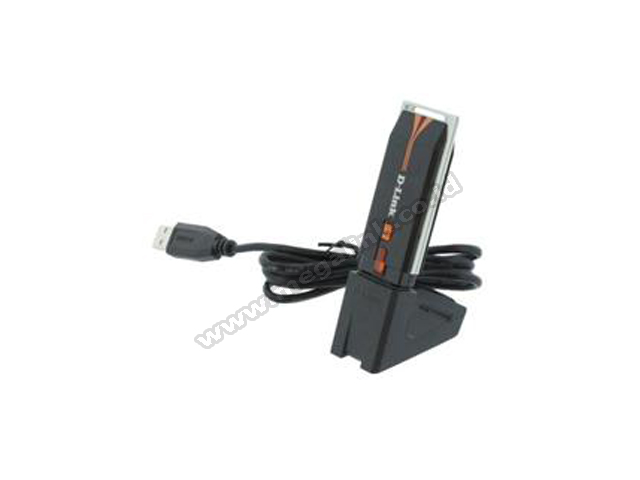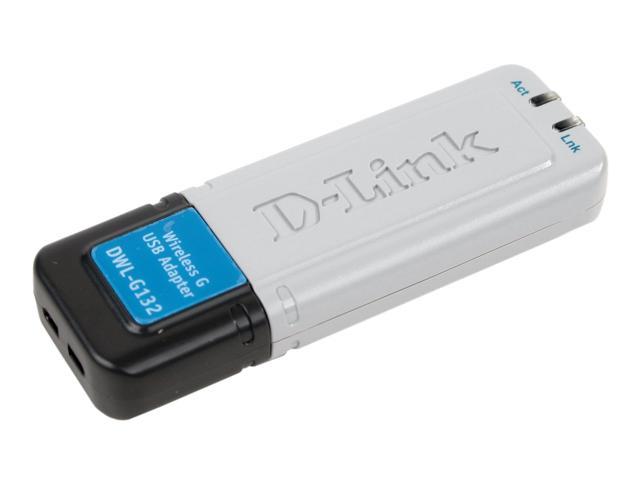

- #D link wireless drivers for windows 7 update
- #D link wireless drivers for windows 7 driver
- #D link wireless drivers for windows 7 windows 7
- #D link wireless drivers for windows 7 free
#D link wireless drivers for windows 7 driver
The new driver model requires the graphics hardware to have Shader Model 2.0 support at least, since the fixed function pipeline is now translated to 2.0 shaders.
#D link wireless drivers for windows 7 update
WDDM also allows the graphics hardware to be reset and users to update drivers without requiring a reboot. If the user mode area fails with an unrecoverable error, it will, at the most, cause the application to quit unexpectedly instead of producing a blue screen error as it would in previous driver models. Previous drivers were fully implemented in kernel mode, whereas WDDM is implemented partly in user mode. With a WDDM driver, the screen resolution will most likely be unaffected all hardware faults cause the driver to be reset and the user will be notified by a popup this unifies the behavior across vendors. Windows XP may alert about the display driver crash, while also switching down the screen resolution to 640x480 with only 16 colors.
#D link wireless drivers for windows 7 free
A graphics hardware fault will be intercepted and if necessary the driver will be reset.ĭrivers under Windows XP were free to deal with hardware faults as they saw fit either by reporting it to the user or by attempting to recover silently. If a WDDM driver hangs or encounters a fault, the graphics stack will restart the driver. Windows XP alerting the user of a display driver crash Sharing textures between processes before WDDM was difficult, as it would have required copying the data from video memory to system memory and then back to video memory for the new device. Thus, an application can incorporate a mesh created by another application into the scene it is rendering. WDDM allows Direct3D surfaces to be shared across processes. WDDM attempts to unify the experience across different vendors by controlling the execution of GPU tasks.Ĭross-process sharing of Direct3D surfaces Ī Direct3D graphics surface is the memory area that contains information about the textured meshes used for rendering a 2D or 3D scene. It is important to note that scheduling is not a new concept but it was previously the responsibility of individual driver developers. A hybrid scheduling algorithm between native and light threads with cooperation between the threads would achieve seamless parallelism. This differs from native threads on the CPU where one task cannot be interrupted and therefore can take longer than necessary and make the computer appear less responsive. Each list of commands is put in a queue for execution by the GPU, and it can be preempted by the runtime if a more critical task arrives and if it has not begun execution. The runtime handles scheduling of concurrent graphics contexts. Virtualization could be supported on previous driver models (such as the XP Driver Model) to some extent, but was the responsibility of the driver, instead of being handled at the runtime level. When the swapped out data is needed, it is fetched back. In case the video memory available turns out to be insufficient to store all the video data and textures, currently unused data is moved out to system RAM or to the disk. WDDM drivers allow video memory to be virtualized, and video data to be paged out of video memory into system RAM. In the context of graphics, virtualization means that individual processes (in user mode) cannot see the memory of adjacent processes even by means of insertion of forged commands in the command stream. WDDM drivers enable new areas of functionality which were not uniformly provided by earlier display driver models.

2.1 Need for a new display driver model.1.3 Cross-process sharing of Direct3D surfaces.The WDDM specification requires at least Direct3D 9-capable video card and the display driver must implement the device driver interfaces for the Direct3D 9Ex runtime in order to run legacy Direct3D applications it may optionally implement runtime interfaces for Direct3D 10 and higher.

It also supports new DXGI interfaces required for basic device management and creation. WDDM provides the functionality required to render the desktop and applications using Desktop Window Manager, a compositing window manager running on top of Direct3D. With the removal of XDDM from Windows 8, however, WDDM became the only option.
#D link wireless drivers for windows 7 windows 7
Display drivers in Windows Vista and Windows 7 can choose to either adhere to WDDM or to XDDM. It is a replacement for the previous Windows 2000 and Windows XP display driver model XDDM/XPDM and is aimed at enabling better performance graphics and new graphics functionality and stability. Windows Display Driver Model ( WDDM) is the graphic driver architecture for video card drivers running Microsoft Windows versions beginning with Windows Vista.


 0 kommentar(er)
0 kommentar(er)
